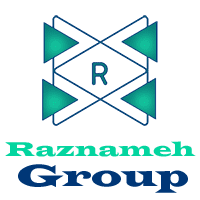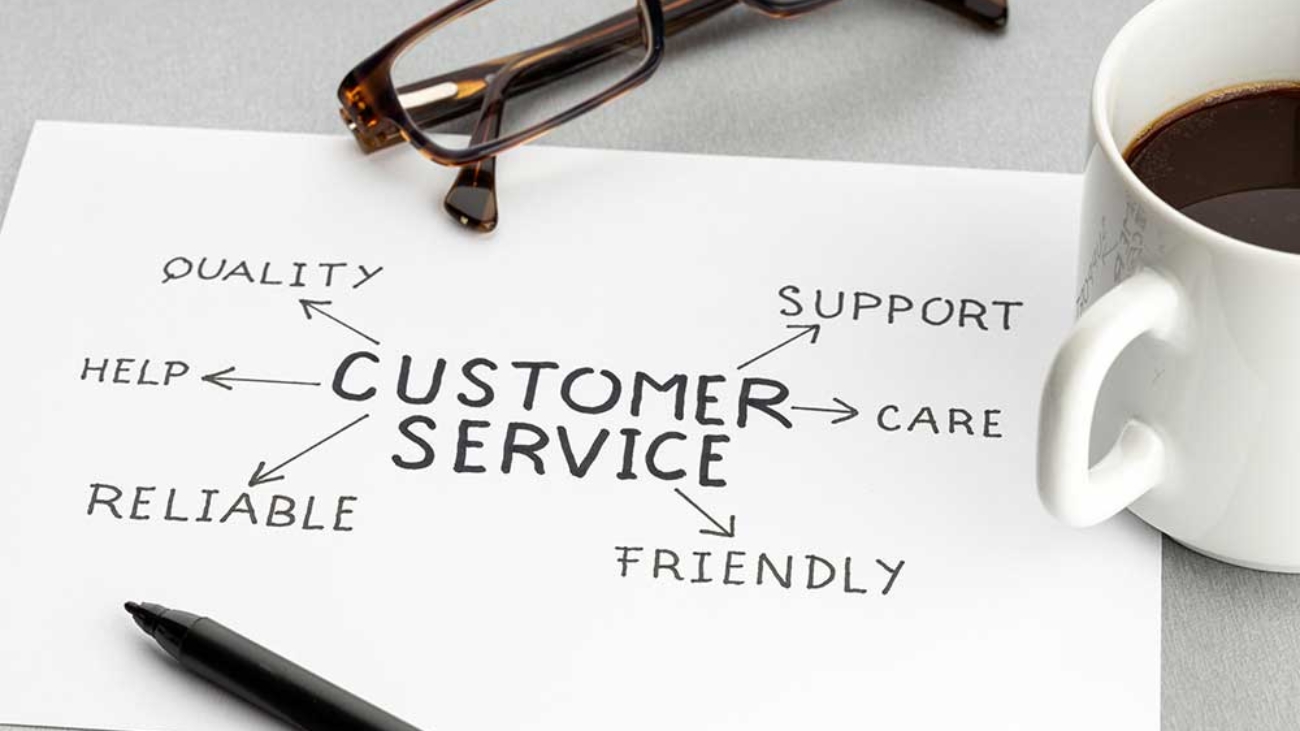As the world around us enters a new digital era, technology starts to blend with and becomes a part of our everyday life. A similar shift is seen in the realm of marketing. Digital marketing encompasses the use of search engines, websites, and social media to promote a product or service.
Why shift to digital marketing? An online presence serves as an alternate platform to traditional marketing and complements it. Firms are able to expand their reach and multiply sales through a variety of platforms and different forms of content. A closer look at different digital marketing methods can provide a deeper understanding of the concept at hand.
Various Digital Marketing Channels
Since its introduction, digital marketing has briskly evolved with new mediums and creative marketing methods. Presently, it holds an extremely vital position in any company’s marketing strategy. Firms can leverage the variety of online platforms to maximise reach and create a strong brand identity in their respective industries.
Website Marketing: Websites serve as the base of digital marketing for all enterprises. The goal of these websites is to promote their brand and provide comprehensive information regarding their products and services. Company websites should load quickly and be easy to navigate to enhance user experience.
Pay-Per-Click Advertising: Enables companies to reach users on other websites and digital platforms through paid advertisements. Online users receive ads based on their search history and interests. This method helps marketers to collect data on the demographics of their consumers and identify their target audience.
Social Media Marketing: Posting on social media platforms helps to build brand awareness and reach wider audiences. Companies benefit from inherent network effects on these platforms. In some cases, businesses can also use it as a direct sales channel.
Affiliate Marketing: Many companies and individuals promote another firm’s product and receive a commission on every sale made. This helps companies tap into new markets and consumers. It is also an effective way to build reputation and authenticity amongst new consumers.
Email Marketing: Used as a subsidiary marketing channel rather than a principal one. Companies use other digital channels to secure names for their email lists. Then through these emails, they inform consumers about their products and maintain engagement.
We have seen numerous ways of digital marketing benefitting organisations from raising brand awareness to increasing reputation. However, the process is not as straightforward as it may seem. While designing their marketing strategy, firms have some considerations to make as well since digital marketing comes with its own hurdles. Further on, the article explores some common obstacles specific to manufacturers in their marketing stage and provides actionable solutions.
Complex Products
Manufacturers indulge in the production and sale of tangible products. These products like cars are often complex in nature due to a plethora of features and new technologies. As a result, marketing the product and its features online can be challenging.
Manufacturers with such complex products should aim to make the online user experience as seamless as possible. Consumers can be educated through videos and online product guides. According to Wyzowl, 83% of video marketers say that videos have increased the average time visitors spend on the website. Moreover, interactive content like 3D models will help consumers thoroughly understand the product.
Target Audience
Identifying and reaching the target audience is tougher for manufacturers than it is for service providers like delivery services who cater to a wider audience. On the other hand, manufacturers operate in a highly specialised market which is driven by several factors such as age, preferences, and income.
Solving this problem would require a two-step approach. To start, manufacturers must conduct a thorough market research and identify the consumer segment to target. Once identified, they can send targeted ads on different digital platforms to raise awareness and advertise their product.
Long Sales Cycles
Manufacturers also experience long sales cycles in contrast to service providers. There are several steps involved in a distribution channel from the warehouse to retailers. This obstacle makes it challenging to maintain engagement and convert leads over long periods.
Implementing a Customer Relationship Management (CRM) system will effortlessly eradicate this problem. The system will track all interactions with potential customers and follow up on them efficiently, thereby preventing any loss of your future sales.
Budget Constraints
Another problem that arises, mainly for small to medium sized manufacturers, is budget constraints. At a lower level of production, their costs would be high, and the revenue generated would not be sufficient to cover all the costs or to generate a high level of profit. Yet, they must allocate a certain amount of funds towards digital marketing campaigns.
Apart from utilising cost-effective platforms, manufacturers should focus on those marketing initiatives that generate the highest leads and return on investment for a given cost.
International Marketing
For manufacturers that operate in different countries and continents, tailoring digital marketing strategies and content to specific regions in terms of language, culture, and preferences can be time-consuming.
A better strategy would involve creating localised content rather than adapting a singular content to different regions. According to Epsilon, 80% of consumers are more likely to make a purchase from a brand that provides a personalised experience. Furthermore, I would recommend having a team which ensures that the marketing campaign is consistent with the culture and sentiments of the audience in order to elevate customer satisfaction.
Brand Differentiation
Differentiation becomes a key part of product design and the manufacturing process due to the number of producers and close substitutes available in the market. Manufacturers must create a strong branding strategy to capture market share and tackle intense competition.
While marketing, companies must brainstorm and communicate their Unique Value Proposition. This shows the differentiating element of their product and convinces consumers to purchase it. Brand storytelling is another method to distinguish a product by creating a connection with the target audience.
Online Visibility
Gaining high search engine rankings becomes a barrier for manufacturers. This problem arises as a result of fierce competition and the need for industry-specific keywords. Low online visibility can seriously hamper product awareness and sales.
Companies should invest their time and resources into creating high-quality content that attracts more consumers for longer durations. Moreover, firms should be aware of the relevant keywords and technicals surrounding their industry.
Adapting to Rapid Changes
Due to constant innovations and rapid changes in technology, the digital marketing landscape is evolving at breakneck speeds. Manufacturers must be aware of the latest trends, technologies, and methods in order to retain customers and stay ahead of competitors.
Manufacturers should engage in continuous learning and training to be familiar with the newest developments in the industry. Also, the marketing strategy should be flexible and open to changes as per the current trends.
Digital Marketing Best Practices
As seen, there are plenty of obstacles associated with digital marketing that can make the marketing initiatives less effective and reduce sales. In order to reduce or avoid these obstacles, firms should employ an organised approach to planning a marketing strategy.
Establish Goals: The first and foremost practice includes setting specific and measurable goals. These aims must include a reasonable time-frame within which the result is achieved. These goals give a clear direction, and the rest of the marketing strategy revolves around it. Examples include increasing web traffic and expanding email prospect databases.
Define Target Audience: This is a crucial step before implementing any marketing strategy. The firm must know the customers for its products, else the marketing initiatives will not be as effective. To define the target audience, the firm should analyse demographics and identify characteristics such as gender, age, income etc. This enables personalised marketing targeted at their specific needs and problems, inducing them to interact with the product.
Determine Budget: Establishing a budget for the digital marketing campaign according to the pre-defined goals will prevent underspending or overspending. The budget must incorporate the cost for the necessary technologies such as SEO software and email marketing software. Outsourcing any marketing services for videography or design must be included as well.
Select Methods: The primary method will be launching the company website. Additional digital marketing methods will depend on the platforms where the target audience spends the majority of their time and the cost associated with those platforms. This marketing mix differs between firms and industries.
Track Results: Digital marketing makes tracking results relatively easy through data-driven insights. When analysing these results, we measure marketing performance against predefined standards. These results should be observed at set intervals. Firms should use the analysis to refine their marketing strategies going forward.
Key Performance Indicators
After designing and implementing a digital marketing strategy, the next step for the firm involves receiving and acting on feedback. Feedback and insights through the data collected will allow the firm to modify their strategy for the future. One way that firms can evaluate their performance is through Key Performance Indicators (KPIs). KPIs in digital marketing enable marketers to measure the long-term effectiveness of their marketing initiatives. These results can be compared to the predefined goals of the organisation as well as to the performance of competitors.
Click-through Rate: This KPI measures the effectiveness of online advertisements on different digital platforms. This is done by counting the number of people who clicked on the ad as a percentage of the people who simply viewed it.
Conversion Rate: Conversion rate measures the percentage of people who took some desired action due to the ad to the number of people who simply viewed it. It is a subset of click-through rate.
Social Media Traffic: Tracks the number of people who interact with the company’s social media handle. Interaction takes the form of measurable actions such as follows, likes, comments, shares etc.
Website Traffic: This metric measures the number of people who visit the company’s website during a given time period. It mainly indicates the effectiveness of other digital marketing channels and strategies at raising awareness and driving consumers to the website.
Trends in Digital Marketing
As more consumers shift online and more sellers explore e-commerce platforms, there lies a trend of increasing importance on digital marketing. According to eMarketer, Global e-commerce sales are expected to reach $6.38 trillion by 2024. It serves as an opportunity for any company to exponentially increase outreach and sales with numerous methods and platforms such as websites, emails, social media, pay-per-click ads etc.
However, manufacturers must consider a few factors before entirely committing to a digital marketing strategy. These considerations include specifying the target audience, allocating sufficient budget, choosing the marketing platforms to maximise return on investment, and efficient ways to maintain engagement and convert leads. A comprehensive digital marketing plan will tackle all of these challenges and greatly benefit the firm in the long-run.

Aarav Kulshreshtha
Sales and Marketing
Raznameh Group
















